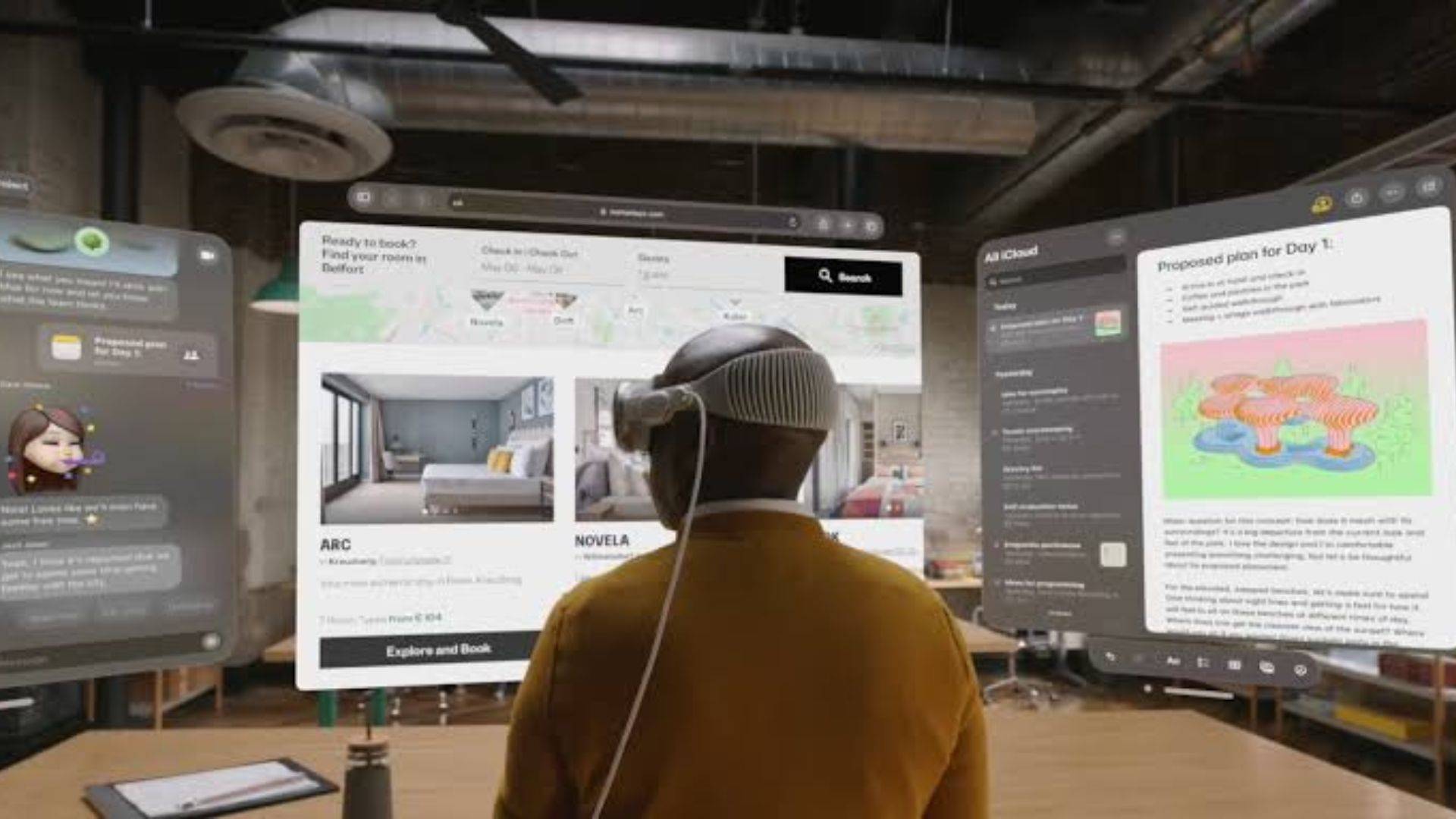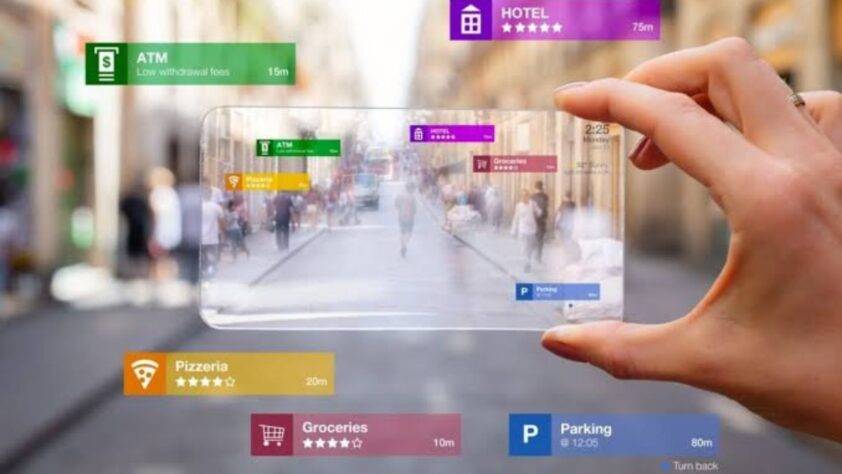VisionOS, an operating system that utilizes computer vision to interact with users and the environment, is poised to revolutionize computer interaction in the coming years. While still in its early stages of development, VisionOS shows tremendous potential for transforming the way we interact with computers and technology as a whole. In this article, we will explore the concept of VisionOS, its significance, the challenges it faces, and what we can expect in its future development.
What is VisionOS?
VisionOS is an advanced operating system that integrates computer vision capabilities to enable interaction between the user and the surrounding environment. By leveraging computer vision technology, VisionOS can perceive and understand the world in real-time. This enables the system to analyze visual data, make informed decisions, and provide relevant feedback to the user.
Why is VisionOS important?
The importance of VisionOS lies in its potential to revolutionize computer interaction across various domains. Firstly, VisionOS can significantly enhance accessibility for individuals with disabilities, including those seeking VisionOS development services. By incorporating computer vision, it opens up new avenues for individuals who have visual impairments or limited physical capabilities, allowing them to interact with computers and mobile applications in a more intuitive and natural manner.
Moreover, VisionOS has the power to enhance the overall user-friendliness of computers and technology for everyone. Traditional interfaces often rely on manual input, such as keyboards and mice, which can sometimes be cumbersome and unintuitive. VisionOS provides an alternative by allowing users to interact with technology through gestures, facial expressions, or voice commands, making the experience more seamless and immersive.
Additionally, VisionOS has the potential to unlock a new era of applications and technologies. Virtual assistants, augmented reality experiences, and self-driving cars are just a few examples of how VisionOS can be applied. By integrating computer vision into these areas, VisionOS can enable more accurate and context-aware interactions, leading to more efficient and personalized experiences.
What are the challenges of VisionOS development?
Despite its immense potential, VisionOS development faces several challenges. One of the primary obstacles is the complexity of developing robust and efficient computer vision algorithms. Computer vision algorithms must be capable of processing vast amounts of visual data in real-time while accurately interpreting and understanding the context. Developing such algorithms requires substantial computational resources and expertise in machine learning and artificial intelligence.
Another challenge is the lack of standardized hardware and software platforms for VisionOS development. As a relatively new field, there is a lack of cohesive frameworks and tools that can be universally adopted by developers. This leads to fragmentation and compatibility issues, making it more challenging to create VisionOS applications that can seamlessly run on different devices and operating systems.
Furthermore, ensuring the security and privacy of VisionOS applications is of paramount importance. The integration of computer vision introduces new concerns regarding the handling and protection of sensitive user data. As VisionOS becomes more prevalent, there will be a need for robust security measures to safeguard against potential cyber threats and privacy breaches.
The Future of VisionOS Development
Looking ahead, the future of VisionOS development appears promising, driven by advancements in AI and machine learning technology. These advancements will serve as the foundation for enhancing the capabilities and sophistication of VisionOS in the coming decade.
Increased reliance on AI and machine learning
As AI and machine learning technologies continue to evolve, VisionOS will increasingly rely on these advancements. AI algorithms can improve the accuracy and performance of computer vision systems, enabling more precise and reliable perception of the environment. Machine learning techniques will also play a crucial role in enhancing the decision-making capabilities of VisionOS, enabling it to adapt and learn from user interactions, leading to more personalized and context-aware experiences.
More widespread use of edge computing
The widespread adoption of edge computing is another trend that will shape the future of VisionOS development. Edge computing involves processing data closer to the source or the end-user, reducing latency and reliance on cloud-based services. For VisionOS applications, this means faster response times and reduced dependence on a stable internet connection. Edge computing will enable VisionOS to perform complex computations and analysis in real-time, allowing for more seamless and responsive interactions.
Development of new hardware and sensors
Advancements in hardware and sensor technologies will further propel the development of VisionOS. Innovative sensors such as depth cameras, 360-degree cameras, and LiDAR (Light Detection and Ranging) systems will provide VisionOS with richer and more detailed information about the surrounding environment. This additional data will enable VisionOS to create more immersive and realistic experiences, enhancing its ability to interpret and interact with the physical world.
Increased focus on security and privacy
As VisionOS becomes more ubiquitous, there will be an increased focus on security and privacy considerations. Developers and researchers will prioritize robust security measures to protect VisionOS applications from cyber threats and ensure the privacy of user data. This will involve the implementation of encryption, authentication mechanisms, and privacy-preserving techniques to mitigate risks associated with the collection and processing of visual data.
Conclusion
The future of VisionOS development is filled with potential and promises. With the continuous advancements in AI and machine learning, VisionOS will evolve into a more powerful and sophisticated operating system. It has the capacity to revolutionize computer interaction, making it more accessible, intuitive, and user-friendly. As we progress into the next decade, we can expect increased reliance on AI, wider adoption of edge computing, development of advanced hardware and sensors, and a heightened focus on security and privacy in the VisionOS ecosystem. Through these advancements, VisionOS will unlock new possibilities in healthcare, manufacturing, transportation, and numerous other domains, ultimately shaping the way we interact with technology in the future.
FAQs
What are some potential benefits of VisionOS?
- Enhanced accessibility of computers for individuals with disabilities.
- Improved intuitiveness and user-friendliness of computers for all users.
- Creation of new and innovative applications, such as virtual assistants, augmented reality, and self-driving cars.
What are some challenges of VisionOS development?
- Complexity of developing robust computer vision algorithms.
- Lack of standardized hardware and software platforms for VisionOS development.
- Ensuring security and privacy in VisionOS applications.
What are some emerging trends in VisionOS development?
- Increased reliance on AI and machine learning.
- More widespread use of edge computing.
- Development of advanced hardware and sensors.
- Heightened focus on security and privacy.
Final thoughts
VisionOS is a groundbreaking technology that has the potential to reshape the way we interact with computers and the world around us. With advancements in AI, edge computing, hardware, and security, VisionOS will continue to evolve, becoming more powerful and sophisticated. The next decade holds exciting possibilities for VisionOS, and as it matures, it will unlock new opportunities and transformative experiences in various domains of our lives.



